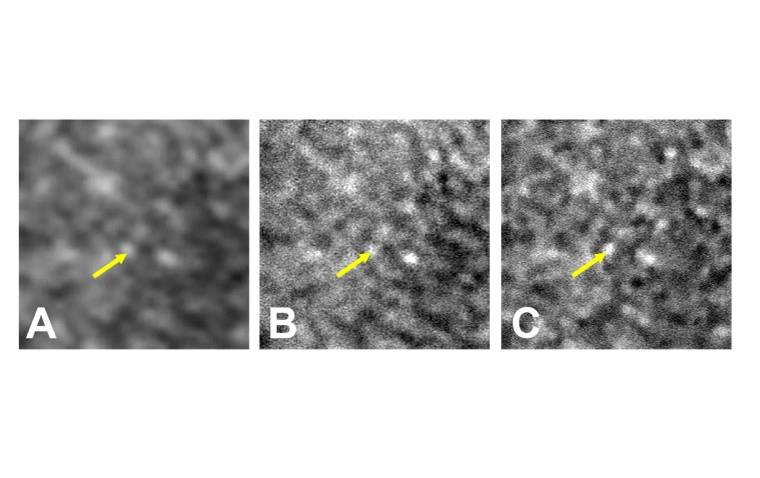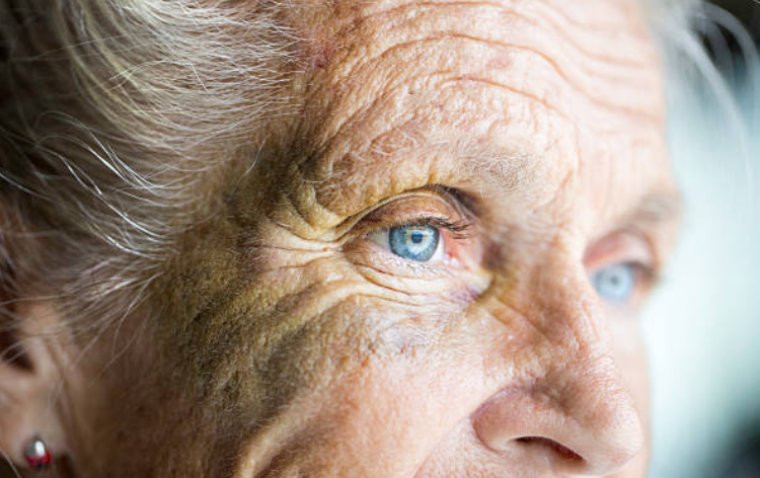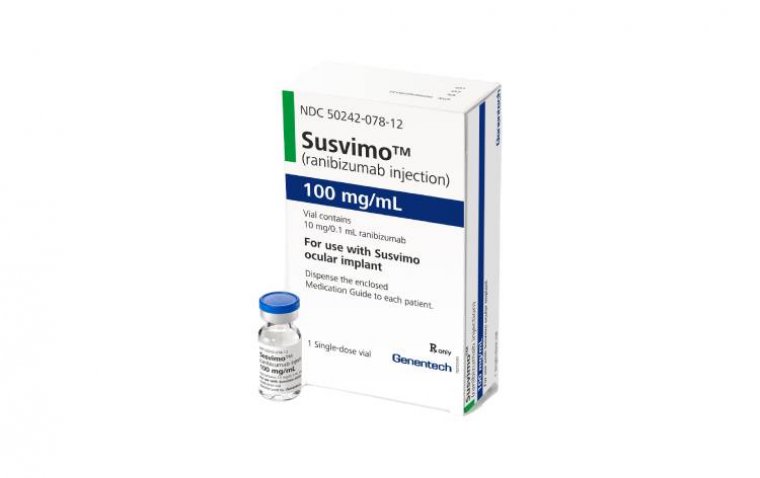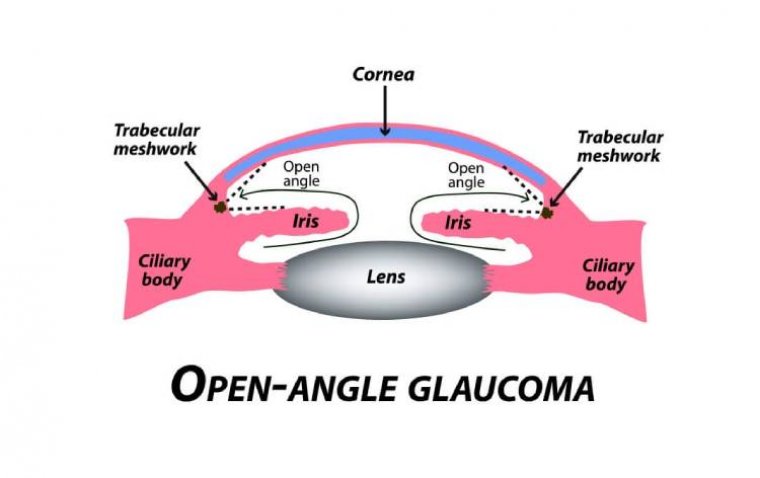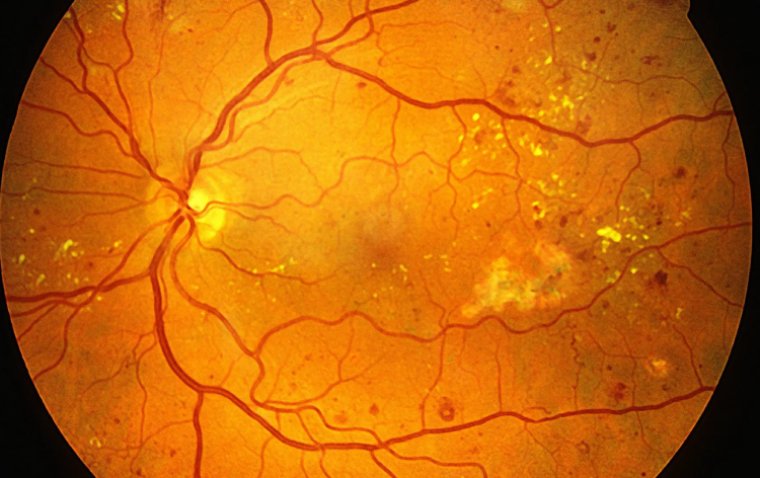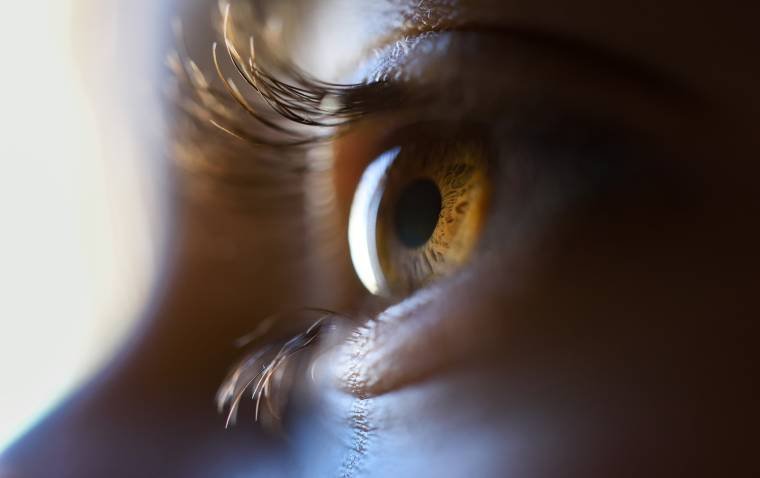
Postoperative Pilocarpine Use After KDB Goniotomy May Reduce Long-Term Glaucoma Medication Needs
Research from the University of Colorado School of Medicine suggests that using pilocarpine eye drops after Kahook Dual Blade (KDB) goniotomy surgery may improve surgical outcomes and reduce the long-term need for glaucoma medications. The findings were published in Current Eye Research by faculty and trainees from the Department of Ophthalmology.
Study Objective: Evaluating Pilocarpine's Post-Surgical Role
KDB goniotomy is a minimally invasive glaucoma surgery (MIGS) performed to enhance aqueous humor outflow by incising the trabecular meshwork. However, postoperative treatment protocols vary, particularly regarding the use of pilocarpine, a cholinergic agent that constricts the pupil and augments aqueous drainage.
“There currently is not a clear evidence-based consensus on whether the drops are beneficial after the surgery,” said Julia Xia, MD, uveitis fellow and lead author of the study. “This research sought to address whether those drops made a difference.”
Study Design and Outcomes
The retrospective study reviewed 532 KDB goniotomy procedures performed at the Sue Anschutz-Rodgers Eye Center between September 2015 and March 2020. Researchers compared outcomes between patients who did and did not use pilocarpine drops postoperatively.
Key Findings:
• Higher surgical success was observed in the pilocarpine group at 1 month, 3 months, and 1 year post-surgery.
• Success was defined as intraocular pressure (IOP) under 21 mmHg along with either a ≥20% reduction in IOP or reduction in at least one glaucoma medication.
• Fewer glaucoma medications were required long-term in the pilocarpine group compared to those who did not receive the drops.
Understanding Glaucoma and the KDB Approach
Glaucoma affects over 4.2 million adults in the U.S., and while there is no cure, treatment focuses on IOP reduction through medications or surgery. The KDB goniotomy, developed by Malik Y. Kahook, MD, uses a dual-bladed instrument to create a clean incision in the trabecular meshwork, enhancing fluid outflow.
“If you think of the eye as a sink, we are essentially trying to augment the drain,” explains Xia.
Pilocarpine has historically been used to lower IOP, but its pupil-constricting properties also create tension in the drainage pathway, theoretically helping keep the surgical opening functional during the healing period.
Clinical Considerations and Patient Impact
Patients in the study typically used pilocarpine drops for one month postoperatively. The research suggests that this short-term use could lead to long-term reductions in medication burden, an important consideration in managing chronic glaucoma.
However, pilocarpine is not without drawbacks. Common side effects include:
• Headache
• Blurred vision
• Ocular burning or stinging
• Increased risk of retinal detachment
“Drop adherence is a massive barrier to treating glaucoma,” said Cara Capitena Young, MD, co-author and associate professor of ophthalmology. “If we can add a drop short-term that reduces long-term medication needs, it can be a great option for some patients.”
Capitena Young emphasized that while not all patients are ideal candidates for pilocarpine, the evidence supports its consideration as a valuable adjunct to KDB goniotomy.
“Surgeons can use this evidence as one piece of the decision-making process when thinking about what’s best for their patients,” Xia concluded.
Reference:
Julia L. Xia et al, Postoperative Use of Pilocarpine After Kahook Dual Blade Goniotomy in Mild to End-Stage Glaucoma, Current Eye Research (2025). DOI: 10.1080/02713683.2025.2464795
(1).jpg)
